However, sadly, the fading of traditional culture is causing many villages to gradually lose their identity and attractiveness.
An old man living in Sa Luk village of the M'nong Gar people on the Krong No river ( Dak Lak ) lamented: "The village is now well-off but very sad! We rarely get to sit together and drink rice wine, sing Ot Ndrong songs, play gongs and play the gourd flute. The forest is no longer there, the long house is no longer there, the fire is no longer there. The children and grandchildren are now busy making a living and rarely remember the old stories of their grandparents." Indeed, Krong No commune today does not lack anything of modern society, but the most obvious thing that is missing is a cultural space that this land needs to have like it used to.
 |
| Traditional culture must be preserved in the space in which it was born. |
Or in a commune with a large Ma community, it is the same. This remote commune used to be a model for preserving ancient culture, but after only a few years of returning, the beautiful traditional long houses like an epic have disappeared; looking for people to sing Tampot, Yalyau, we only received head shakes. The old men and women who played the gourd flute for us in previous field trips have now returned to the Yang forest, bringing with them a lot of ethnic knowledge. Cat Tien 3 commune (Lam Dong) of the Ma people is located at the top of Bo Xa Lu Xieng mountain at the source of Dong Nai in the past, full of the spirit of the mountains and forests, but now the young people have gradually forgotten the names of the Yang gods in polytheistic beliefs...
Whether in Dak Lak, Gia Lai or Lam Dong, whether in the Ede, Ba Na, J'rai, Chu Ru, Co Ho, S'Tieng or Ma regions, the fading image of traditional culture is clearly visible. We have stopped at M'nong villages next to old forests and big rivers, beautiful as a dream because of the unique architecture of the great forest, now only rows of concrete houses connected together "in uniform". We have gotten lost in the Ba Na "ghost forests" at the source of the mysterious Ba River with tombs and wooden statues, now gradually cemented and with chaotic disruptions. The Ede long houses reflecting themselves on the sacred water banks of the Krong Ana and Krong No rivers have also disappeared, the water worship ritual is only "performed" sparsely in festivals not organized by the people themselves.
Just as gongs are gradually losing their natural performance space in traditional rituals, festivals and life-cycle rituals and are mainly "theatricalized" in festivals and tourism activities, the forms of performing arts and traditional musical instruments are undergoing many changes. Epic nights, traditional musical instruments and folk songs and dances are being maintained through the art movement but lack soul. The positive elements of the customary law system are not being promoted. Traditional crafts such as forging, weaving, brocade weaving, and brewing rice wine also exist precariously before disappearing. The number of artisans knowledgeable about ancient culture in the community is decreasing day by day...
* * *
Why are many traditional cultural values of the Central Highlands being eroded, distorted, and at risk of being lost? There have been many studies explaining the reason, the most important of which is the gradual loss of conditions and space for cultural practice.
Reality shows that villages (traditional social institutions) are gradually disintegrating and forests (living space) are being destroyed. Rivers are blocked. Population structure is disrupted. The habit of living on nature is gradually decreasing, along with changes in farming methods, which are risks leading to the inevitable collapse of traditional culture. When talking about Central Highlands culture, people often mention the system of festivals, communal houses, long houses, gongs, musical instruments, folk songs, folk dances, etc. These are cultural institutions and practices that are closely linked to the forest space and village institutions.
According to many researchers, when forests are lost, people and communities lose their broadest, most solid, and deepest foundation, becoming lost, rootless, and rooted. When forests and villages are lost, and opportunities to practice culture are lost, the value system no longer knows where to cling to. The culture of the Central Highlands is the culture of the forest. The entire cultural life, from the value system to the small signs, is a manifestation of the close, flesh-and-blood relationship between people and communities with the forest. When there are no more forests, the forest culture will inevitably fade away and eventually disappear.
Besides the change in living space, the change in livelihood methods and the impact of imported beliefs are important reasons leading to the breakdown of a cultural space that was formed in the environment of tribal social institutions and extended to modern society.
 |
| Students in Di Linh - Lam Dong region wear traditional costumes when going to school. |
Talking to people who are passionate about their own ethnic culture such as Meritorious Artist Krajăn Dick, musician Krajăn Plin (Kơ Ho), musician Y Phôn K'Sor (Ê Đê), researcher Y Thịnh Bon Yốk Ju (M'nông), artisan Ma Bio, village elder Ya Loan (Chu Ru)..., we feel that the children of the Central Highlands will always preserve their passionate love for their villages; in their hearts, the feeling of clinging to the thousand-year-old culture of their ancestors and regretting what is gradually leaving is real. Each story is filled with pain and anxiety in finding a way to preserve it, but there really is no possible way. As the subjects of that culture, if they cannot do it, the difficult answer will be even more difficult.
What to do to preserve the traditional culture of the Central Highlands? First of all, it is necessary to unify the perception. Prof. Dr. Le Hong Ly - former Director of the Institute of Cultural Research, raised the issue: "It is necessary to build legal frameworks to encourage and further promote cultural institutions and informal cultural practices (customary law, village elders, labor exchange, local knowledge, clan relations, beliefs - spirituality) in management and social security that have been and are being practiced in communities...".
Although the Central Highlands today has taken on a completely new appearance under the influence of changes that have caused many traditional cultural elements to fade away, however, the cultural foundation that has been built up over thousands of years still has a strong influence in contemporary life. The problem is knowing how to properly tap into the right flow and promote it in the right direction. The important issue is that the cultural values that are selected to be preserved and promoted must be values that express the character, national soul, and ethnic pride, and have the value of strengthening community relationships, helping people to behave in a friendly and harmonious way with each other and with the environment.
Source: https://baodaklak.vn/tin-noi-bat/202511/nhung-bien-dong-cua-van-hoa-truyen-thong-tay-nguyen-b3a0f0a/



![[Photo] Prime Minister Pham Minh Chinh meets with representatives of outstanding teachers](https://vphoto.vietnam.vn/thumb/1200x675/vietnam/resource/IMAGE/2025/11/15/1763215934276_dsc-0578-jpg.webp)
![[Photo] General Secretary To Lam receives Vice President of Luxshare-ICT Group (China)](https://vphoto.vietnam.vn/thumb/1200x675/vietnam/resource/IMAGE/2025/11/15/1763211137119_a1-bnd-7809-8939-jpg.webp)



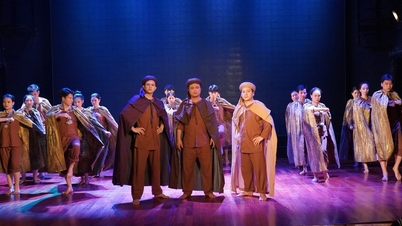



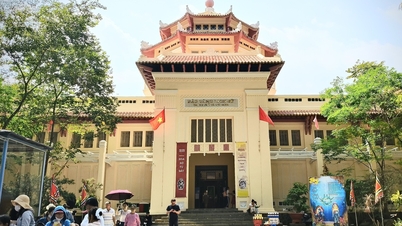

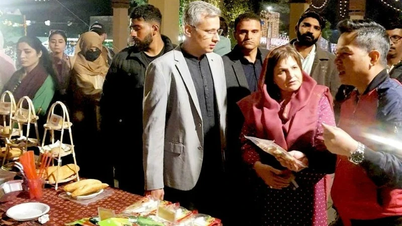

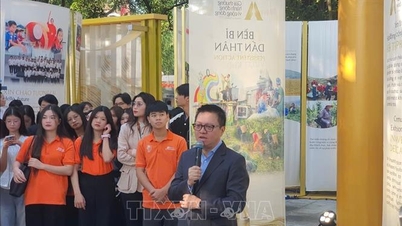






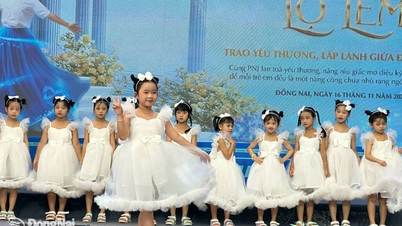


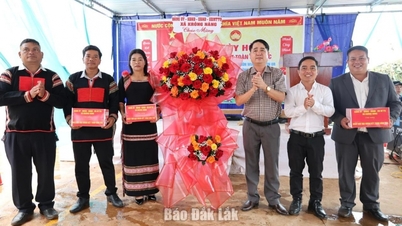
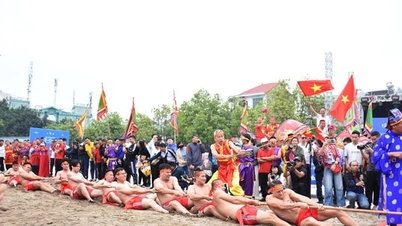




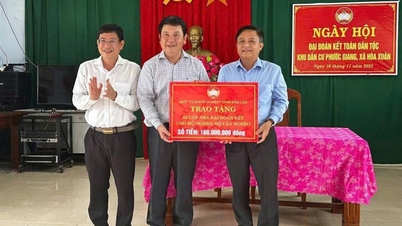
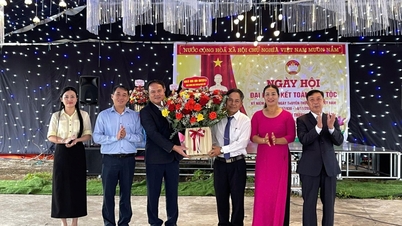

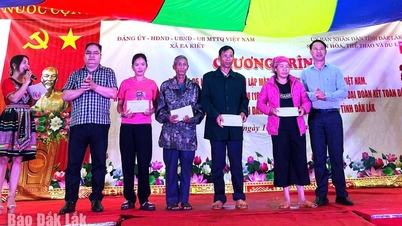







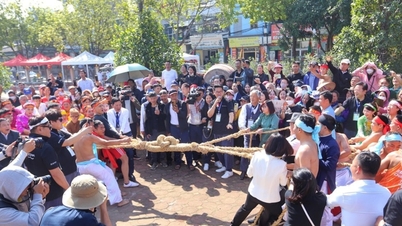


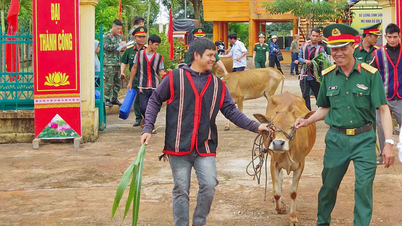







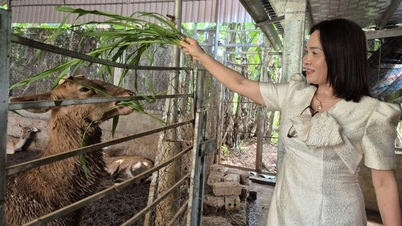





































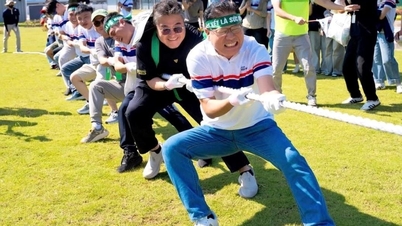














Comment (0)